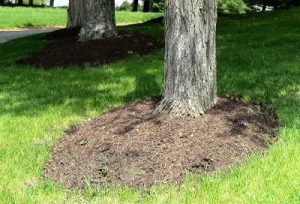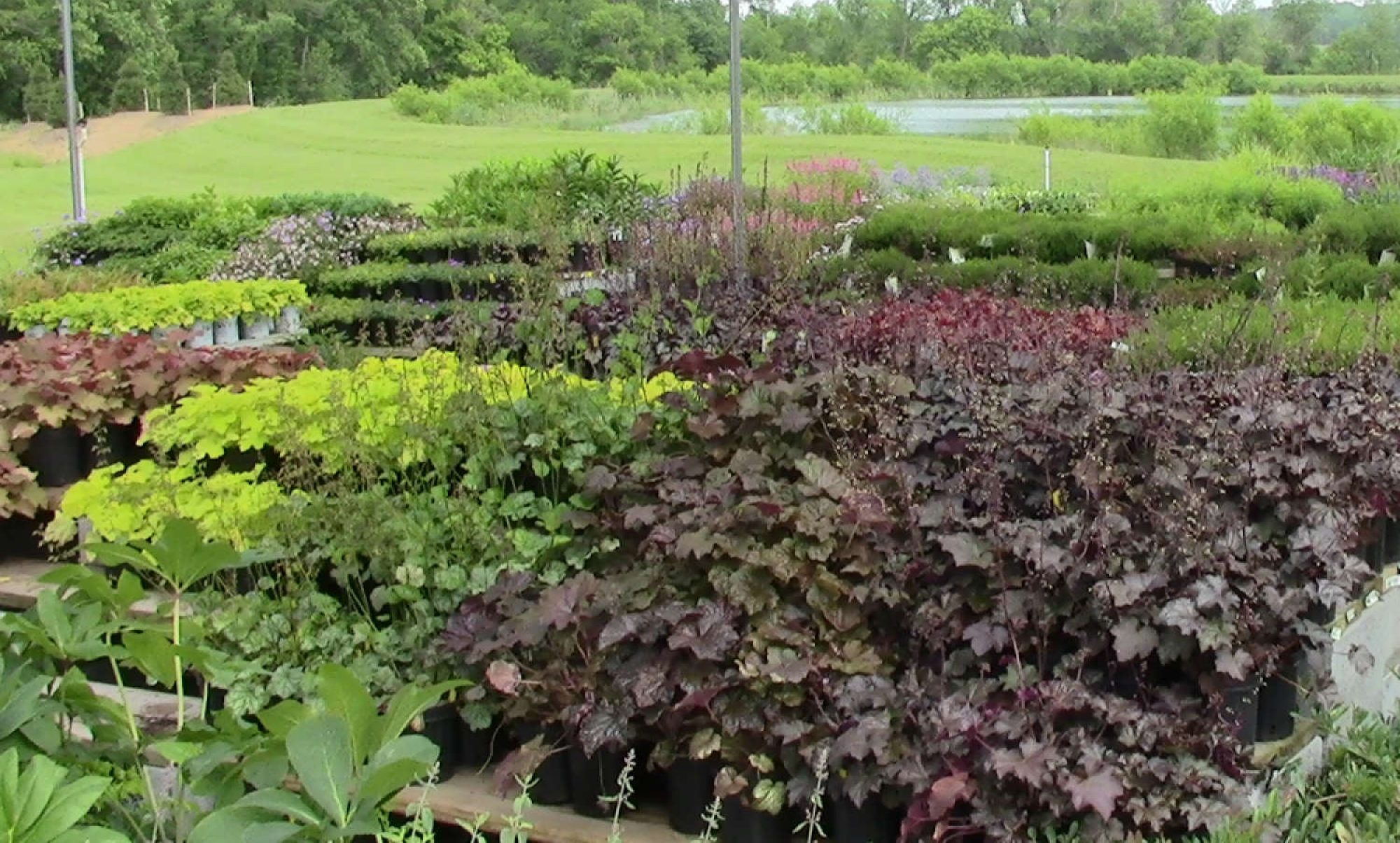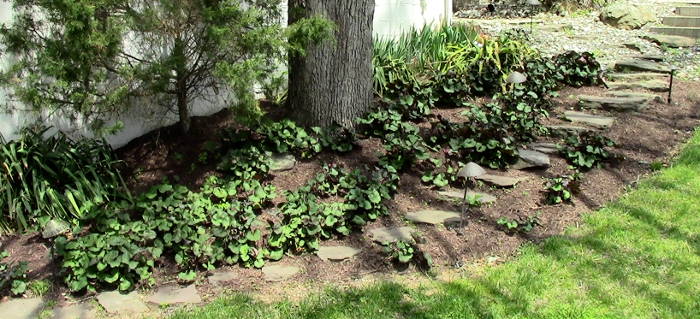
Mulching is one of the best techniques that homeowners and landscapers can use to maintain the health of their trees. This is because it’s known for its ability to make the growing environment more favorable.
However, over mulching can turn out to be one of the most severe landscaping mistakes that a homeowner or landscaper can make. It will lead to damage to saplings as well as other plants.
Therefore, you need to know how to calculate mulch. This is the main reason why using proper mulching techniques in landscaping is recommended.
Bear in mind that the proper mulching depth should range between 2 and 4 inches.
 If applied appropriately, the mulch will assist in:
If applied appropriately, the mulch will assist in:
- maintaining moisture in the soil
- weed control
- enhancing the structure of the soil
- preventing certain types of plant diseases
Additionally, mulch plays a vital role in protecting plants from weed whacker damage and lawn mower blight.
Mulch also gives your planting bed a uniform and well cared for appearance. For this reason, every landscape care provider must know how to mulch.
However, excessive mulch can cause numerous complications for homeowners. For this reason, you need to determine how much mulch to buy when it comes to mulching landscape beds.
Complications resulting from excessive mulching include:
- Too much moisture in the root region leading to tree stress and making the roots rot
- Insects and tree illness issues
- Micro-nutrient venomousness
- A high rate of weed growth
- Stinking planting beds that are caused by the sour mulch and anaerobic conditions
- Creation of hiding place for rodents that eat the back and girdle of trees
Proper mulching
It’s evident that the type of mulch selected and the technique of application can be vital to the well being of your trees. Here are the tips to help you do the right thing when applying mulch.
- Examine the plants and soil in the zone that you intend to mulch and find out if the drainage is adequate.
- Determine the depth of the mulch and never add mulch if there’s already an adequate layer. Check the existing mulch to segregate any entwined layers and refresh the appearance.
- In case the mulch is heaped around the stems and tree trunks, pull it back multiple inches to expose the base truck and root crown of the tree.
Proper Mulching Techniques
In most cases, organic mulches are considered to be better than inorganic mulches since they have the required properties to improve the soil. In case you choose to use organic mulch, make sure it’s well aerated and composed. Never use sour-smelling mulch.
Composted wood pieces can form excellent mulch, particularly when they contain a variety of leaves, bark, and wood. Don’t use non composted wood pieces that are heaped deep without being exposed to oxygen.
Put a 2-4 inch layer of your mulch if your site has good drainage. If there are some drainage issues, try to use a thinner layer. Never put mulch against the trunks of trees. Following these recommendations for proper mulching techniques will lead to successful plant maintenance and growth.


